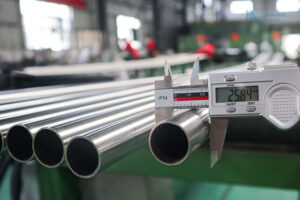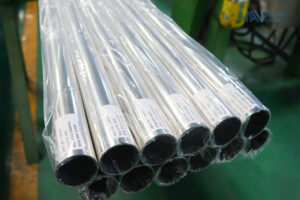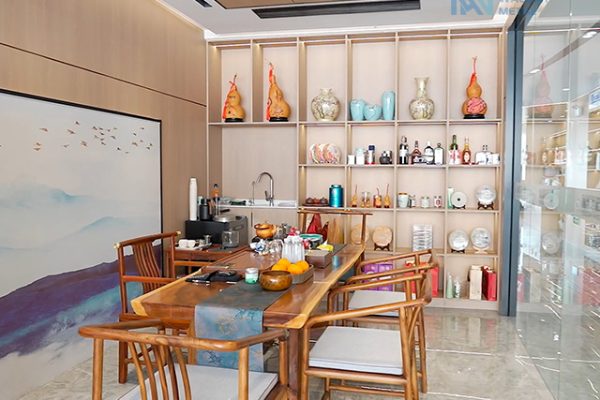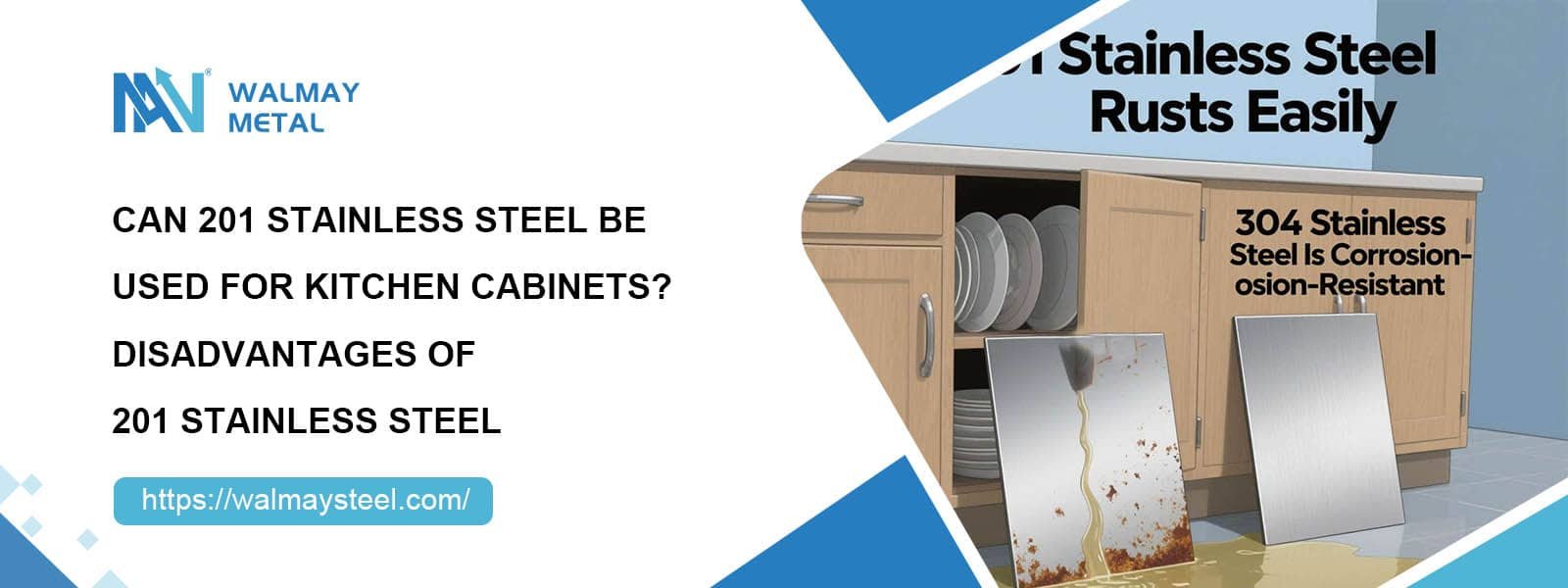Does Stainless Steel Tarnish? The Ultimate Guide to Durability & Care
will stainless steel tarnish
Stainless steel is renowned for its strength, corrosion resistance, and sleek modern appearance. But many wonder: Does stainless steel tarnish? The answer is no—high-quality stainless steel doesn’t tarnish like silver or copper, but improper care can lead to stains, discoloration, or rust spots.
In this comprehensive guide, we’ll cover:
✔ Why stainless steel resists tarnishing (the science behind chromium)
✔ How to clean & maintain stainless steel (professional tips)
✔ Best stainless steel products & their benefits (kitchen, medical, beauty tools)
Why Stainless Steel Doesn’t Tarnish (Unlike Other Metals)
Stainless steel contains at least 10.5% chromium, which reacts with oxygen to form an invisible protective layer (chromium oxide). This layer:
✅ Blocks rust & corrosion
✅ Resists chemical reactions (unlike reactive metals like copper)
✅ Self-heals when scratched (if maintained properly)
When Can Stainless Steel Develop Stains or Rust?
Even the best stainless steel (like 304 or 316 grade) can show discoloration if:
⚠️ Exposed to saltwater, bleach, or acidic foods (tomatoes, citrus)
⚠️ Cleaned with abrasive scrubbers (steel wool, harsh chemicals)
⚠️ Made from low-quality steel (some cheap imports lack sufficient chromium)
How to Keep Stainless Steel Shiny & Stain-Free
Follow these proven cleaning methods to maintain stainless steel’s shine for decades:
Daily Cleaning (Best for Stainless Steel Kitchenware)
Use: Mild dish soap + warm water + microfiber cloth
Avoid: Steel wool (scratches surface)
For grease: Baking soda paste (gentle abrasive)
Deep Cleaning (For Tough Stains & Discoloration) ware)
Use: Mild dish soap + warm water + microfiber cloth
Avoid: Steel wool (scratches surface)
For grease: Baking soda paste (gentle abrasive)
Preventing Rust & Corrosion
Rinse immediately after contact with salt, chlorine, or acids
Dry thoroughly (water spots can lead to stains)
Use protective coatings for outdoor stainless steel (e.g., marine-grade 316 steel)
Top Stainless Steel Products & Their Benefits
1. Stainless Steel Prep Tables (Commercial Kitchens)
NSF-certified & hygienic – No pores for bacteria growth
Heavy-duty & rust-proof – Handles daily industrial use
2. Stainless Steel Pressure Cookers (Home & Restaurant Use)
✔ Non-toxic cooking – Won’t leach metals into food
✔ Durable & easy to clean – No seasoning required (unlike cast iron)
3. Stainless Steel Kitchen Islands & Countertops
Heat & scratch-resistant – Perfect for busy kitchens
Sleek, modern look – Complements any decor
4. Stainless Steel Gua Sha Tools (Skincare)
Hypoallergenic – Safe for sensitive skin
Long-lasting shine – Won’t degrade like jade or rose quartz
FAQ: Common Questions About Stainless Steel Tarnishing
Does 304 stainless steel tarnish?
No, 304-grade stainless steel (18/8 steel) is highly rust-resistant. Only prolonged exposure to harsh chemicals can cause staining.
Can stainless steel rust in water?
Only low-quality steel rusts in water. Marine-grade 316 steel resists saltwater corrosion.
How do I remove rust spots from stainless steel?
Use baking soda paste or Bar Keepers Friend, then polish with a microfiber cloth.
Conclusion: Stainless Steel = Tarnish-Free & Long-Lasting
High-quality stainless steel doesn’t tarnish, but proper care ensures it stays pristine for years. Whether you need stainless steel prep tables, kitchen countertops, or beauty tools, choosing the right grade (304 or 316) is key.
At WalMay Steel, we supply premium stainless steel products for commercial & home use.
Tabs:Stainless steel prep table,Stainless steel pressure cooker,How to clean stainless steel
Table of Contents
Recent Posts
-
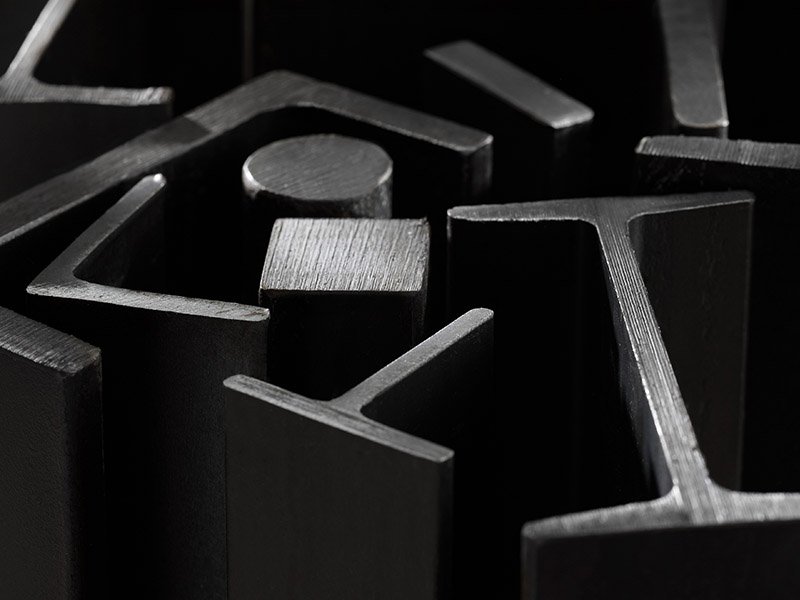 Baowu Special Steel Develops Breakthrough Non-Magnetic Austenitic Stainless Steel20 6 月 2025
Baowu Special Steel Develops Breakthrough Non-Magnetic Austenitic Stainless Steel20 6 月 2025 -
 South Africa Grants Transnet Additional Guarantee to Stabilize Debt and Infrastructure18 6 月 2025
South Africa Grants Transnet Additional Guarantee to Stabilize Debt and Infrastructure18 6 月 2025 -
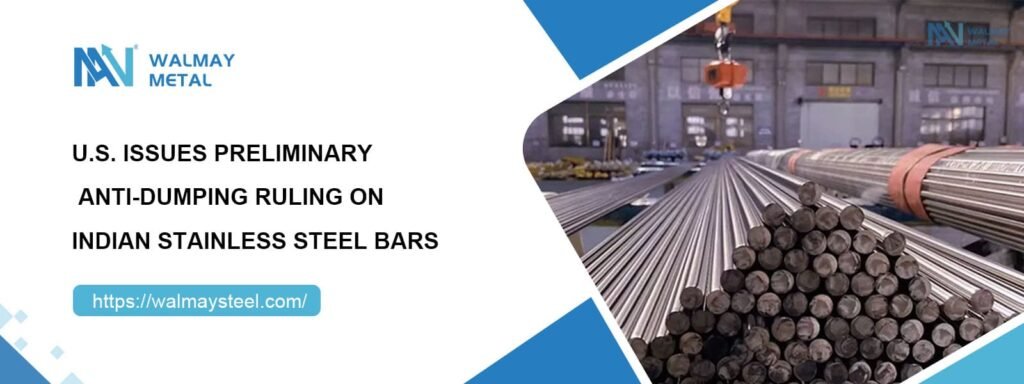 U.S. Issues Preliminary Anti-Dumping Ruling on Indian Stainless Steel Bars16 6 月 2025
U.S. Issues Preliminary Anti-Dumping Ruling on Indian Stainless Steel Bars16 6 月 2025 -
 India's Jindal Stainless Calls for Urgent Import Tariffs to Protect Domestic Industry13 6 月 2025
India's Jindal Stainless Calls for Urgent Import Tariffs to Protect Domestic Industry13 6 月 2025
Have Any Question?
High-quality manufacturers in the stainless steel industry, feel free to ask


